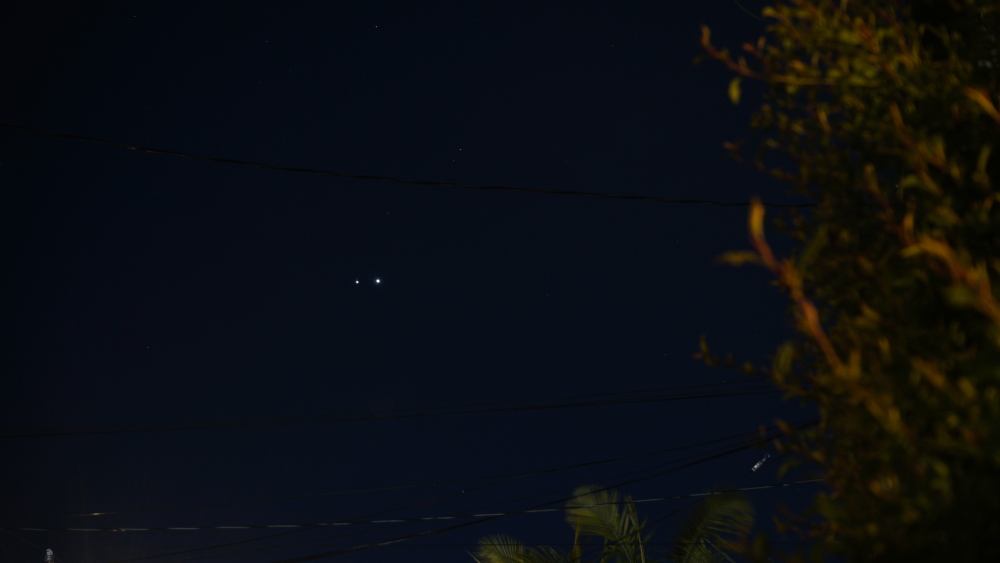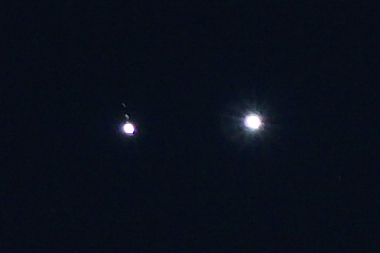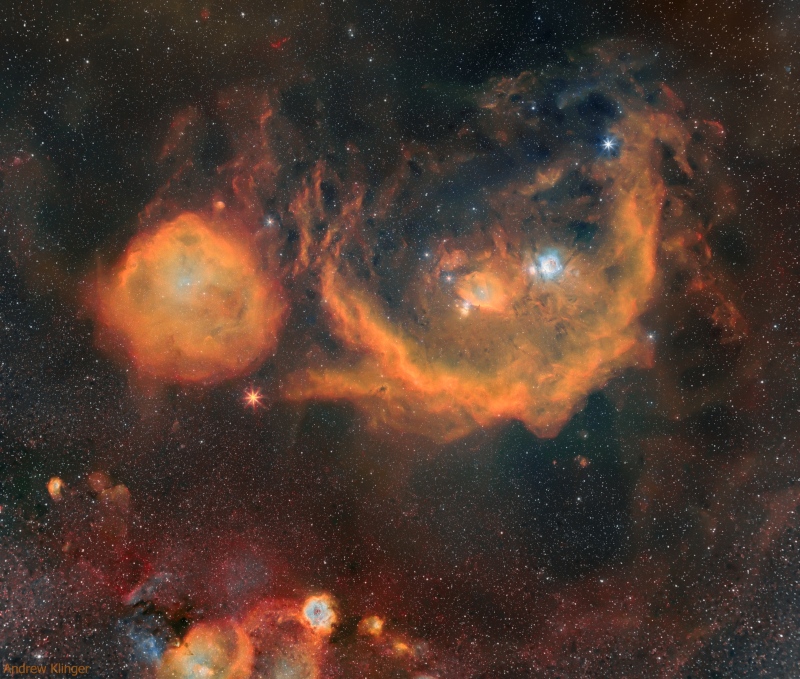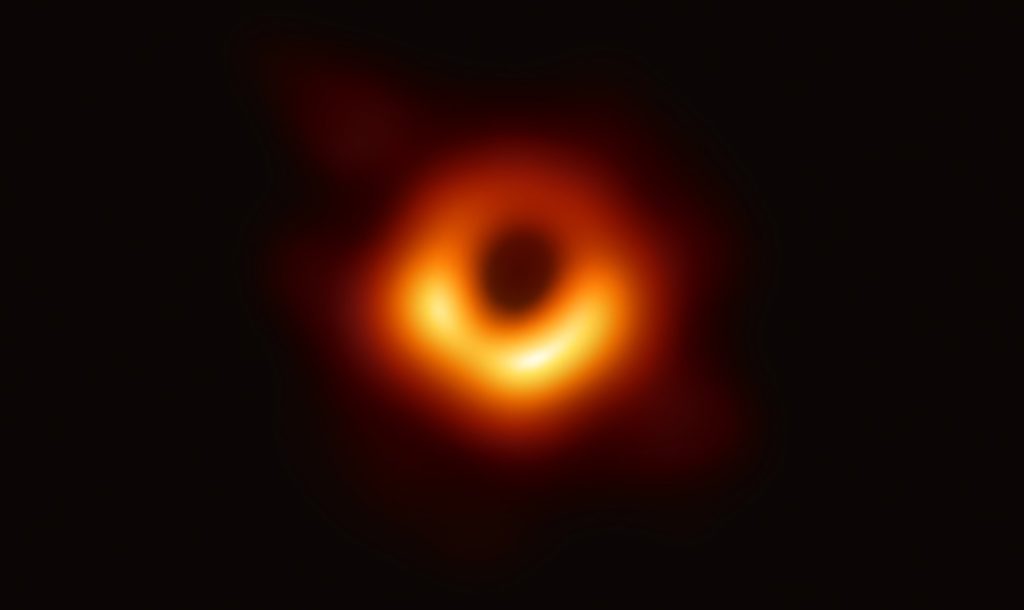Imagine a small village near a valley, so isolated that they just call themselves “the people.” One day they find out about another village on the other side of the valley, and they start calling them “the people across the valley.” They can keep talking about “the people,” but sometimes they need to make a distinction: right now, we’re talking about the people on *this* side of the valley, not the people on both sides.
Not incidentally, the Latin prefixes for “this side of” and “the other side of” are cis- and trans-. English uses trans more frequently, as in transport, transform, transmit, transnational etc., all of which involve something crossing a divide. Sometimes it’s quite literal, like the old terms Transjordan and Cisjordan referring to the lands on the far and near sides of the Jordan river. Or more modern terms, like the cis- and trans- forms of a molecule that can have more than one structure. Or in space exploration, translunar space (beyond the moon) and cislunar (including the moon’s orbit and Lagrange points). (Who’s that contractor for the new moon missions, again?)
Come to think of it, the moon’s another good example of the same sort of thing. When we’re just talking about life here on Earth, we can say “the moon” and it’s clear which one we mean. But if we’re talking about the whole solar system, and how Earth’s moon compares to Titan or Europa, we have to specify which one we mean.
So if we’re talking about transgender people and their experience compared to non-transgender people and their experience, the clear term to use based on English grammar is cisgender, and just as transgender is often abbreviated as just “trans,” cisgender is abbreviated as “cis.”
It’s a description, just like “acoustic guitar.” They’re still guitars, but when you need to talk specifically about non-electric guitars vs. electric ones, that’s the term we use.
“Cisgender” or “cis” isn’t a slur, no matter what Twitter’s owner thinks. It’s not casting negative judgement any more than “acoustic” is casting negative judgment against the guitar, or insisting that space on one side of the moon is better than the other.




